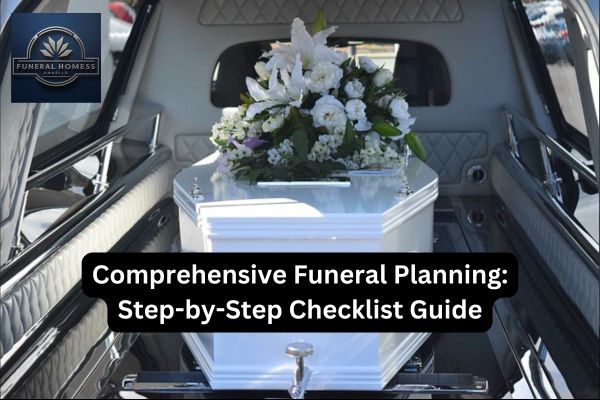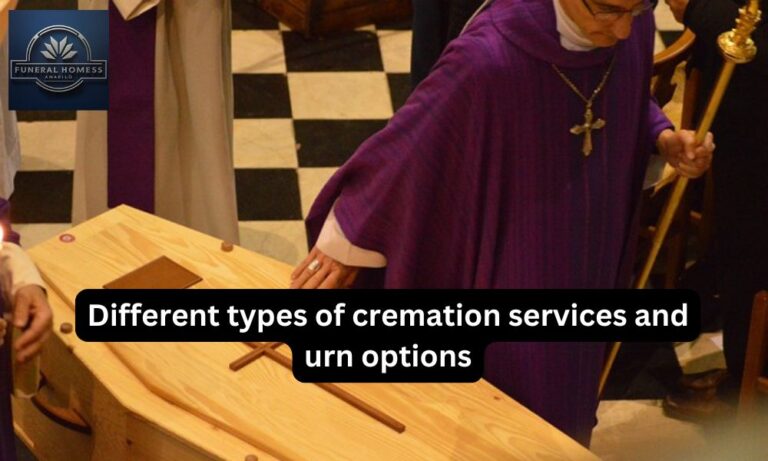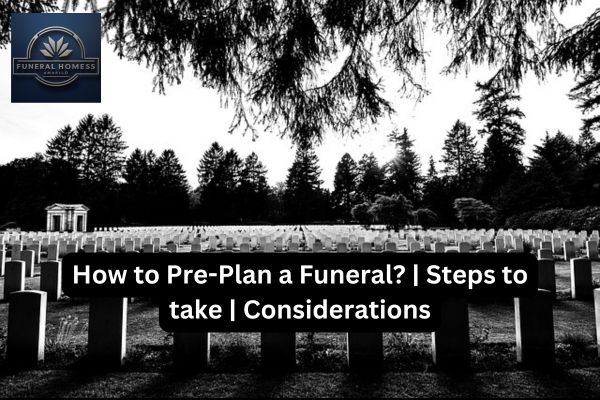Comprehensive Funeral Planning: Step-by-Step Checklist Guide
Planning a funeral can be an overwhelming and emotional process, but having a clear checklist can help make it more manageable. This step-by-step guide will walk you through the essential tasks and considerations to ensure that the funeral service honours your loved one and meets the needs of those left behind.
Step 1: Notify Family and Close Friends
The first step in funeral planning is to inform close family members and friends of the death. This can be done through phone calls, texts, or emails. It’s important to communicate clearly and compassionately, providing essential details about the death and any immediate arrangements.
Step 2: Choose a Funeral Home
Selecting a funeral home is a crucial decision. Research and visit several funeral homes to compare services, prices, and the level of support they offer. Funeral directors can provide guidance on the next steps, including transportation of the body, obtaining death certificates, and coordinating with cemeteries or crematoriums.
Considerations When Choosing a Funeral Home:
- Reputation and Reviews: Look for positive feedback and recommendations from others who have used their services.
- Services Offered: Ensure the funeral home offers the specific services you need, such as embalming, cremation, or memorial services.
- Costs and Packages: Compare prices and ask for a detailed list of costs to avoid unexpected expenses.
Step 3: Decide on Burial or Cremation
One of the key decisions in funeral planning is whether to choose burial or cremation. This choice may depend on personal, religious, or cultural preferences, as well as budget considerations.
Burial:
- Cemetery Plot: Purchase a burial plot in a cemetery.
- Headstone or Marker: Choose a headstone or grave marker and arrange for its installation.
- Burial Vault or Liner: Some cemeteries require a vault or liner to encase the casket.
Cremation:
- Cremation Service: Arrange for the body to be cremated.
- Urn Selection: Choose an urn for the ashes.
- Final Resting Place: Decide whether to keep the ashes, scatter them, or inter them in a columbarium or burial plot.
Step 4: Plan the Funeral Service
The funeral service is an opportunity to honour and remember the deceased. Consider the following elements when planning the service:
Type of Service:
- Traditional Funeral: Includes a viewing or visitation, a formal ceremony, and a graveside service.
- Memorial Service: Held without the body present, often after cremation.
- Celebration of Life: A more informal gathering focused on celebrating the person’s life.
Service Location:
- Funeral Home: Many families choose to hold the service at the funeral home.
- Religious Venue: A church, mosque, synagogue, or temple can provide a spiritual setting.
- Other Venues: Parks, community centres, or private homes can also serve as venues.
Service Elements:
- Officiant: Choose a religious leader, celebrant, or family member to lead the service.
- Readings and Music: Select meaningful readings, poems, and music.
- Eulogies: Ask family members or friends to share memories and stories.
- Photo and Video Tributes: Create a visual tribute to the deceased.
Step 5: Arrange for Transportation
Transportation is necessary for moving the body from the place of death to the funeral home, and later to the cemetery or crematorium. You may also need to arrange transportation for family members and attendees, especially if the funeral and burial sites are at different locations.
Step 6: Handle Legal and Administrative Tasks
Dealing with paperwork and legal requirements is an important part of funeral planning. This includes:
Death Certificates:
Obtain multiple copies of the death certificate, as they are required for various legal and financial transactions.
Notify Authorities:
- Social Security Administration: Notify them to stop benefits and ask about survivor benefits.
- Insurance Companies: File claims for life insurance policies.
- Creditors and Banks: Inform them of the death and settle any accounts.
Will and Estate:
- The executor of the Estate: The executor should handle the distribution of assets according to the will.
- Probate Process: If necessary, go through the probate process to legally distribute the estate.
Step 7: Organize a Reception
Many families choose to hold a reception or gathering after the funeral service. This can be a time for friends and family to offer condolences and share memories. Decide on the location, food, and beverages, and consider any cultural or religious customs that should be observed.
Step 8: Memorialization and Grief Support
After the funeral, consider ways to memorialize your loved one and support those grieving. Options for memorialization include:
Memorial Items:
- Memory Books or Scrapbooks: Collect photos, letters, and mementoes.
- Memorial Jewelry: Keepsakes that incorporate a small portion of the ashes or a fingerprint.
Grief Support:
- Support Groups: Join groups for those who have experienced a similar loss.
- Counselling: Seek professional help to navigate the grieving process.
- Online Resources: Use websites and forums dedicated to grief support.
Conclusion
Planning a funeral is a significant and emotional task that requires careful consideration and organization. By following this step-by-step guide, you can ensure that all necessary arrangements are made, allowing you to focus on honoring your loved one and supporting those left behind. For more detailed information and resources, websites like the National Funeral Directors Association (NFDA) and Funeral Consumers Alliance offer valuable guidance and support.








